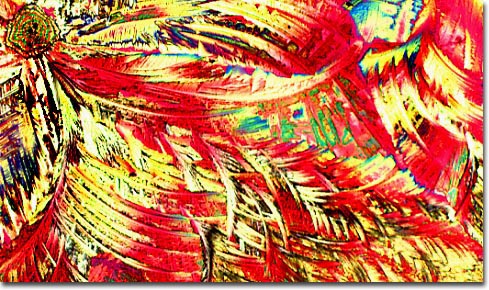|
Clay has been utilized to create bricks, pottery, and sculptures for thousands of years, and specially formulated modeling clay is a common item found in modern classrooms. Sold in a variety of colors, modeling clay provides children with a medium for creating three-dimensional projects and artwork. A number of modeling clays have been developed throughout history, but perhaps the most famous is Play-Doh, a soft non-toxic material invented in 1956. Developed by Joseph McVicker, the dough-like substance was originally intended to remove dirt from wallpaper, but he adapted it for modeling use when his sister, who was a teacher, indicated a need for a softer, more pliable modeling clay for her students. Several hundred million pounds of Play-Doh have since been sold around the world.
|
